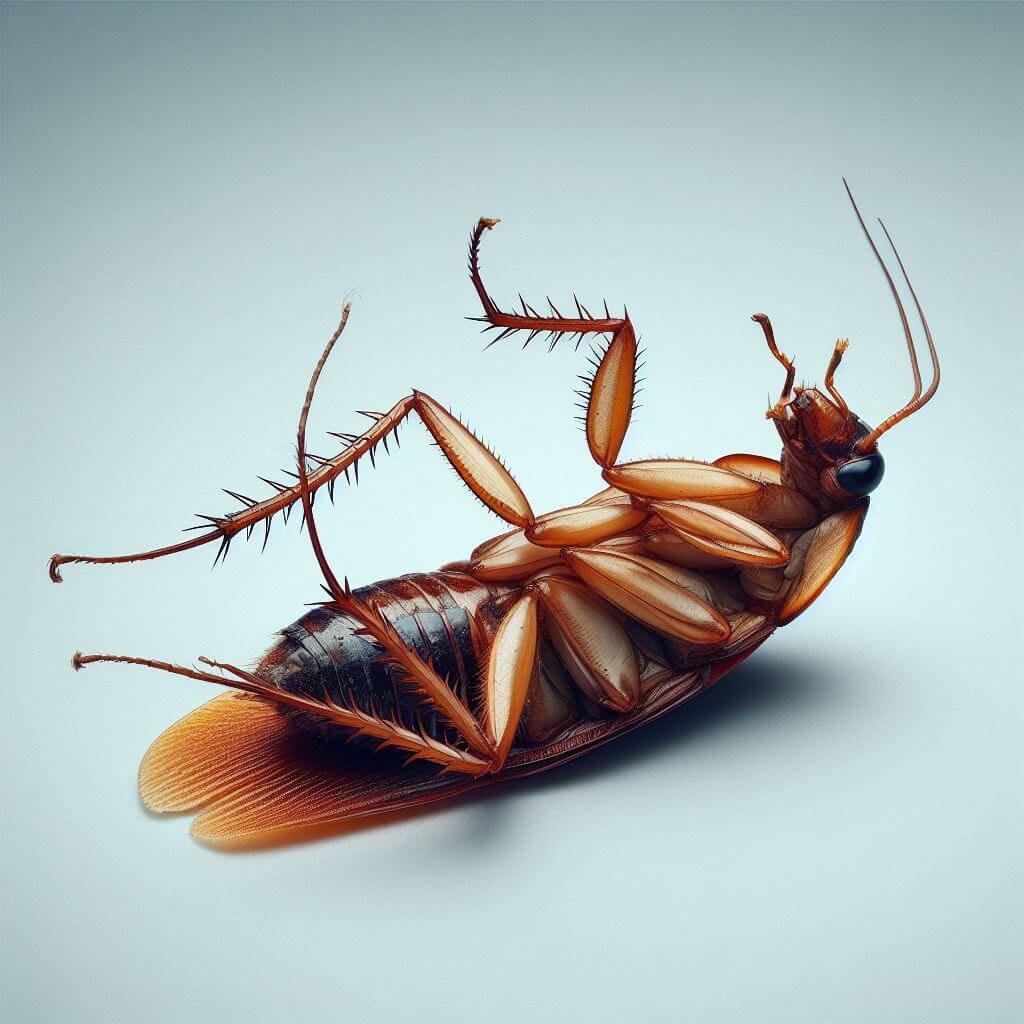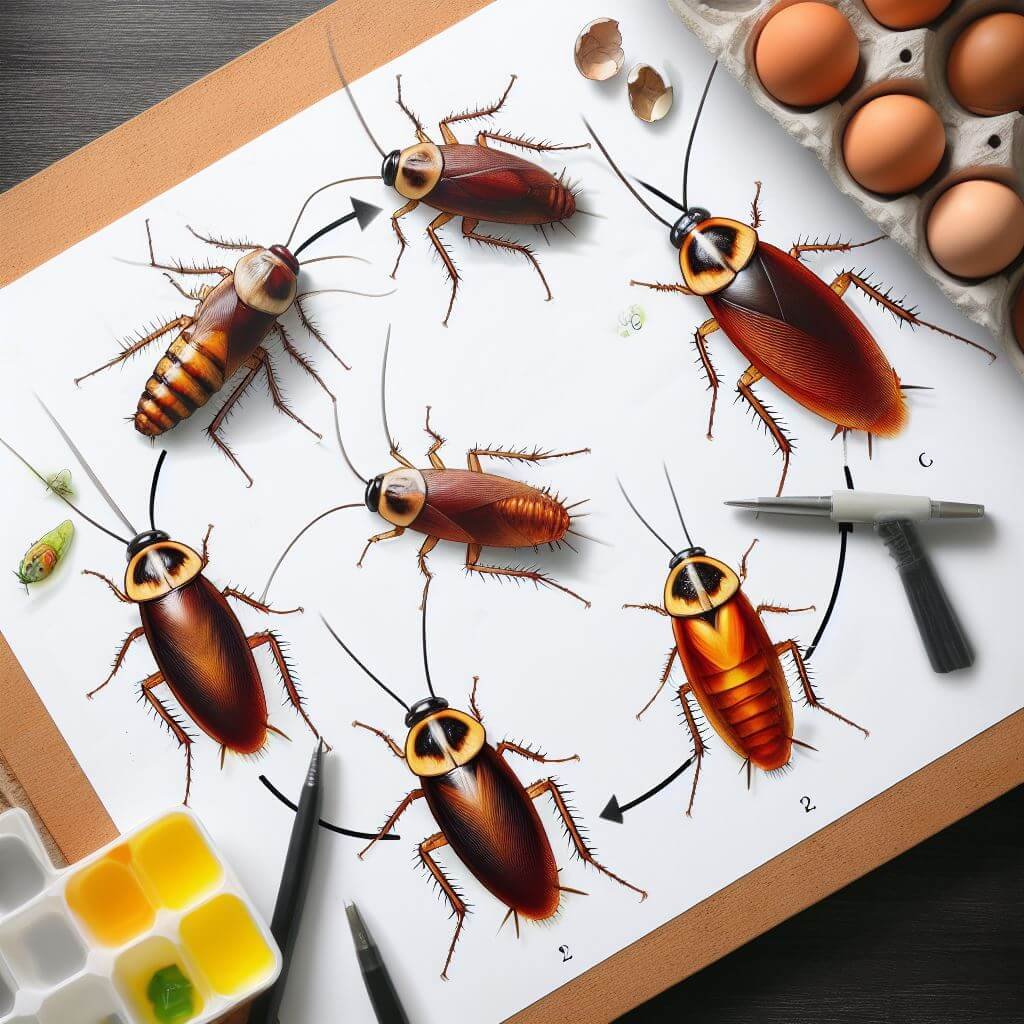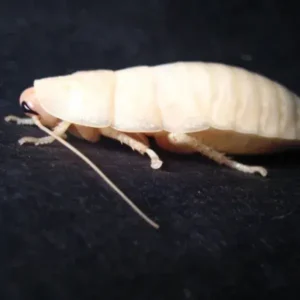Where Do Cockroaches Live and Nest? Cockroaches are resilient and adaptive insects that can thrive in human dwellings.
Understanding where do cockroaches do live and nest can help you as the homeowner to find and eliminate infestations. Cockroaches prefer to inhabit warm, dark, and moist areas with access to food and water. In this article, I will walk you through 7 places where you should expect to find cockroaches’ living spaces.
Where Do Cockroaches Live and Nest?
Here are the most common places cockroaches set up nests and breed inside homes and buildings.
1. Kitchens Offer Food and Water
Where do cockroaches live? Kitchens provide ideal conditions for cockroaches looking to live and nest. They offer three key things cockroaches need – food, water, and shelter.
Food crumbs, spills, and grease accumulation on floors, counters, and nooks offer excellent nutrition. Roaches especially feast on starchy foods and meat scraps. Dirty dishes left overnight provide food bits in crevices.
Leaky pipes, spills, pet bowls, and water collecting in sinks, drains or appliances like refrigerators provide water sources. Kitchens also have numerous hiding spots with cracks and crevices along walls, cabinets, floors, and appliances.
Specific areas to check in kitchens include under the refrigerator, stove, dishwasher, sinks, and inside cabinets. Backs of drawers, corners of storage spaces, and voids around pipes offer dark shelter. Any food debris in these areas can support roach colonies.
2. Where do cockroaches live? Bathrooms Have Moisture
Bathrooms offer ideal dark, warm, and moist areas for cockroaches to establish nesting grounds. The many water sources in bathrooms provide the dampness cockroaches need to thrive.
Areas around drains, pipes, toilets, and sinks provide warmth and moisture for nesting. Cracks in tile, gaps around plumbing fixtures, and voids around bathtubs and showers make great shelters. Roaches especially nest under sinks, inside vanities, and in areas around a toilet’s base.
Bathrooms also contain crumbs and residues around trash receptacles and cleaning supplies that roaches can feed on. Pet dishes, bath toys and moist towels left out also attract roaches. Any leaks or condensation buildup adds necessary water.
3. Garbage Cans and Collection Areas
Cockroaches feed on all types of organic matter, especially food waste and debris. So garbage cans, waste bins, compost piles, and collection sites provide buffets for roaches.
Indoor and outdoor garbage cans contain scraps roaches happily consume. Trash collection areas outside have overflowing waste roaches feast on. Drains and pipes around these areas also provide moist nesting spots when surrounded by food debris.
yard waste piles like leaf litter, sticks and grass clippings also sustain roaches with decaying matter. Compost heaps contain fruit and vegetable scraps irresistible to roaches. Mulch piles and stacks of firewood can also shelter colonies during daytime. Anywhere organic matter accumulates outdoors near buildings can become infested.
4. Basements and Crawlspaces
Basements and crawlspaces are highly prone to cockroach colonies trying to nest and breed. These dim, secluded areas replicate the dark crevices and underground habitats where roaches originally evolved.
Basements offer out-of-sight areas under stairs or furnishings where cockroaches can hide undisturbed. Roaches nest inside cracks and voids in concrete foundations and travel through openings around pipes, wiring and vents. Unfinished basements have plenty of gaps for concealing nests. Storage areas with food also encourage infestations.
Similarly, crawlspaces have dirt floors, exposed foundations and plumbing conducive to roaches. Insulation on pipes, ductwork and around vents welcome inhabitation. As colonies grow, roaches emerge inside homes through tiny crevices and drains. Regular sweeping, vacuuming and sealing off cracks limits nesting areas.
5. Attics Provide Warm Shelter
Attics make an enticing shelter for cockroaches seeking isolated warmth and space to proliferate. They migrate from other household areas into attics through gaps around lighting fixtures, pipes, vents, and unsealed openings.
Cockroaches take refuge behind insulation, inside walls with wiring conduits, and around wooden rafters, they can chew through over time. Sections of attics with accumulated moisture from leaks, condensation, or poor ventilation especially facilitate nesting. Small water sources nourish colonies.
Related post: How to Get Rid of German Cockroaches: 8 ways to go about it
Roaches may also feed on organic debris around vents or left behind by animals. As attics heat up in summer, expanding populations invade living spaces via ceilings and walls. Setting traps and sealing entry points helps prevent recurring intrusions.
6. Sewers and Drains Sustain Large Colonies
Underground sewer systems and drainage pipes provide ideal damp, warm, and secluded habitats for enormous cockroach colonies. Access to abundant food waste keeps populations well-fed for breeding. Newly hatched roaches then disperse through connected pipes into buildings.
Sewers contain steady nutrition from household waste, organic matter, and algae growth along walls. Storm drains also collect decomposing debris washed inside. These environments allow large clusters of roaches to thrive year-round.
When numbers swell, roaches crawl up drain pipes into kitchen sinks, floor drains, bath pipes, and other outlets. Infestations arising around certain fixtures likely originate from sewers. Avoid exposing indoor drains and regularly flush pipes to impede migration. Traps around suspect outlets can also catch emerging colonies.
7. Drop Ceilings Offer Concealed Sites
In commercial buildings, drop ceilings (or suspended ceilings with removable tiles) create hollow voids where roaches readily inhabit. Food establishments with kitchens or bathrooms above the tiles are especially vulnerable to encroaching colonies.
Spaces above ceiling tiles remain dark and concealed while allowing roaches to move between rooms through crevices. Tiles containing greasy residues or food crumbs sustain initial infestations. Evidence includes cockroach droppings or slick smear marks along tiles from their greasy bodies rubbing.
Wet ceiling tiles from plumbing leaks also enable nesting colonies since roaches require moisture. Similarly, cardboard texture on titles can retain moisture. As populations grow, roaches eat through tile coatings. Eventually ceilings show signs of roach presence like deteriorating or falling tiles.

where do cockroaches live outside?
These are some of the places where cockroaches live outside:
1. Leaf litter and mulch piles
Leaf litter and mulch piles provide prime real estate for cockroaches living outdoors. Decaying leaves, straw, hay, grass clippings, and shredded bark hold moisture and contain organic matter that cockroaches feed on.
The damp, composting environment allows them an abundant food source. Wood mulch placed against the home’s foundation also facilitates roaches entry indoors. Raking up debris, removing mulch near the home, and replacing with gravel creates an unfavorable habitat. Apply insecticidal spray before laying gravel to eliminate any existing populations.
2. Woodpiles and lumber
Woodpiles and untreated lumber offer additional sanctuary for roaches outdoors. Rotting firewood and timber have cracks and crevices that cockroaches nest in. The damp, decomposing wood makes an optimal place for breeding colonies to grow.
Stacked firewood placed too close to doors or vents can further spread roaches inside when brought in to burn. Keep wood elevated and far from the home. Treat with borate solutions before carrying indoors. Replace rotting timbers around the home as well to remove harborage options.
3. Soil and grass
Dense ground cover plants like English ivy, shrubs and overgrown grass give cockroaches ample hiding spots in yards. Roaches take cover under thick mats of ivy vines and inside shrubbery surrounding foundation walls. Tall grass also provides warmth and decaying matter to eat.
Trim all vegetation back several feet, remove ivy root mats, and maintain a shorter grass height to eliminate protective cover. Apply insecticide granules before re-mulching or laying new sod.
4. Hollow trees and stumps
Hollowed out trunks of dead trees and large rotten stumps can shelter sizable cockroach colonies outdoors. The moist, nutrient-rich decaying wood allows populations to thrive. These hollowed out habitats provide weatherproof breeding grounds for rapid reproduction. Have dead trees removed fully. For stumps, apply borate powder inside before capping holes to make interiors uninhabitable to roaches and other pests. Monitor for signs of new infestation.
5. Landscaping rocks and gravel
Landscaping rocks line many home foundations, offering warmth and unexpected harborage underneath for cockroaches outside. In rock beds with weed barrier fabric beneath, organic debris often collects underneath providing food waste.
The gap between fabric and foundation also allows roaches entry indoors. Remove rocks and replace with 3-6 inches of gravel, applying spray treatment first. Periodically check for and eliminate new debris accumulation by lifting landscape fabric at edges and spraying beneath.
6. Rodent burrows and tunnels
Rodents leave behind networks of abandoned burrows, tunnels and holes that cockroaches will take over as ready shelters outdoors. The existing hollowed tunnels teach through soil along foundations, under walkways or into sheds.
They provide roaches with perfect, concealed access points to invade a structure from below ground. Seek out all openings to fill with gravel, seal with cement, or insert wire mesh to block. Use baits or dust insecticide before sealing off to eliminate cockroaches inside. Monitor sites for new activity.
7. Sewer lines and drains
Sewer lines, drainage ditches, and septic tanks with exposure outdoors sustain large roach populations feeding on waste. Sewer pipes contain ample food scraps and moisture conducive to massive colonies.
Drain backups or overflow spreads roaches toward buildings through interconnected pipe systems. Have a professional treat manholes and public drainage areas. Keep all drains sealed, install mesh covers, and monitor private septic systems regularly for signs of roach infiltration needing pest control response.

where do cockroaches live during the day
Cockroaches are creatures of the night, displaying a nocturnal lifestyle to elude daylight and potential threats. They habitually conceal themselves in obscure, dim spaces, like wall crevices, behind household appliances, within cabinets, and beneath sinks.
Their remarkable adaptability enables them to flourish in diverse settings, ranging from kitchens and bathrooms to basements. Thriving in warm and humid conditions, cockroaches find human dwellings, particularly areas abundant in food and water, to be optimal habitats. The darkness of night serves as their cover, allowing them to forage for sustenance discreetly, while they remain hidden from view during the day.
Conclusion
In summary, cockroaches live anywhere they can find food, moisture and shelter out of sight. Kitchens and bathrooms within buildings offer ideal hotspots with access to sustenance and breeding grounds. Outdoors, garbage collection sites or accumulations of organic waste aid formation of large colonies.
Understanding these preferences helps locate and curb infestations. Implement preventative measures when first sighted and maintain thorough sanitation inside homes and businesses. With vigilant monitoring for signs and an integrated pest control plan, roach invasions can be effectively controlled.




